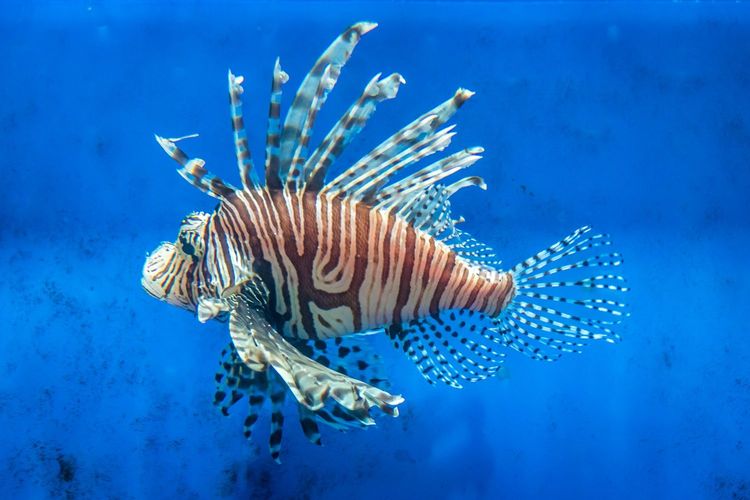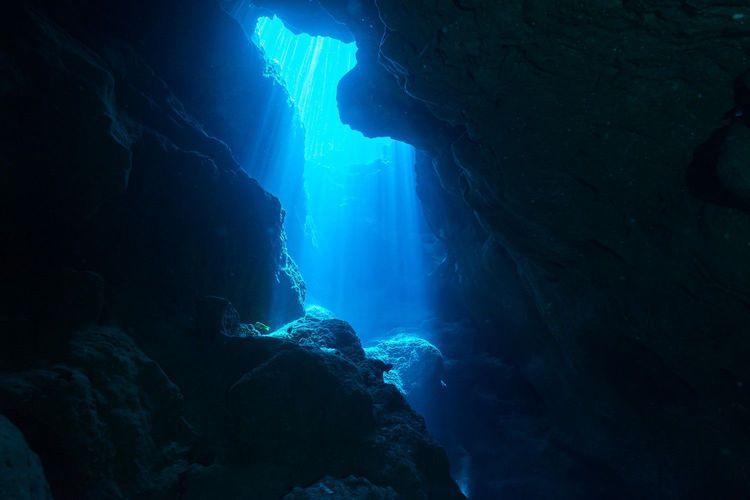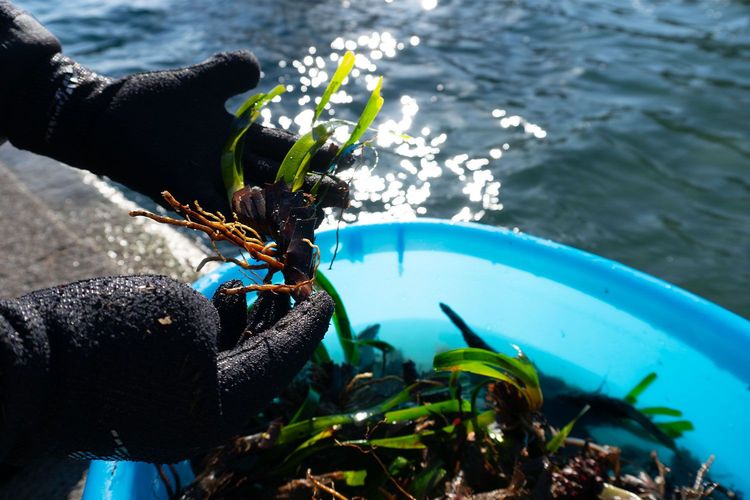
The Mediterranean Sea is undergoing an unprecedented transformation. Rising temperatures and increased maritime traffic have facilitated the entry of alien species into the basin, many of which come from tropical or subtropical habitats and are potentially invasive. This process, known as the tropicalization of the Mediterranean, is putting both biodiversity and the fishing economy of the Mare Nostrum at risk.
A recent update from the Copernicus Marine Service confirms the severity of the situation: on June 22, 2025, a marine heatwave was recorded in the Mediterranean Sea, with sea surface temperature anomalies exceeding +5 °C above the seasonal average. The most affected area is the western basin, particularly the waters around the Balearic Islands and the Tyrrhenian Sea.
Why the Mediterranean sea is becoming tropicalized
Over the past 25 years, the average temperature of the Mediterranean has increased by more than 1 °C, a rate 20% higher than the global average. The waters have become warmer and saltier, creating favorable conditions for the settlement of tropical species, such as the barred amberjack (Seriola fasciata) or the algae Caulerpa taxifolia. By 2100, sea surface temperatures are expected to rise by 3.5 °C to 4.5 °C above current levels (IPCC AR6 data).
The result is a rapidly changing ecosystem where native species must compete with new, more resilient and aggressive arrivals, capable of profoundly altering ecological balances.
What invasive alien species are
Invasive alien species are organisms - animals, plants, or microorganisms - that establish themselves in an environment different from their native one and cause serious environmental, economic, or health consequences. Their spread is facilitated by the absence of natural predators, high adaptability, and rapid reproductive cycles.
More than 1,000 non-native species have been recorded in the Mediterranean: many are now permanently established, and several have proven invasive, reducing marine biodiversity and threatening entire economic sectors such as fisheries.
Some examples of invasive species in the Mediterranean
• Blue crab (Callinectes sapidus): accidentally introduced via ship ballast water, it has caused estimated damages of €200 million to Italian shellfish farming, threatening over 3,000 businesses. It is an aggressive predator of mussels and clams.
• Lionfish (Pterois miles): one of the most invasive species in the world, it appeared in Italy in 2016. It reproduces quickly, and its venomous spines can cause painful stings. By 2025, over 1,800 sightings have been reported in the Mediterranean.
• Silver-cheeked toadfish (Lagocephalus sceleratus): first reported in Italy in 2013, it contains tetrodotoxin, a potentially lethal substance for humans.
• Dusky rabbitfish (Siganus luridus) and marbled rabbitfish (Siganus rivulatus): recorded in Italy for several years, they are invasive herbivores that deplete seagrass meadows.
• Alien algae (Caulerpa taxifolia): a toxic algae that has colonized large areas of the seabed, reducing the natural habitats of native species.
Ecological and economic impacts
Invasive alien species are considered among the main drivers of global biodiversity loss. They compete for resources and habitats with native species, may introduce diseases or parasites, and can even cause local extinctions.
The effects are not only ecological:
• Economic: the blue crab has already caused significant damage to fishing and aquaculture activities.
• Social: some species pose a risk to human health (stings, toxicity).
• Cultural: tropicalization changes the characteristic identity of the Mediterranean, impacting gastronomy and local traditions.
Monitoring and awareness campaigns
To counter the spread of invasive species, the role of citizens, fishermen, and divers has become crucial. Since 2022, ISPRA and CNR-IRBIM have been running the awareness campaign “Attenti a quei 4!” (“Watch Out for Those 4!”), focused on the lionfish, silver-cheeked toadfish, and the two rabbitfish species.
Thanks to photographic and video reports from citizens, distribution maps have been updated and the largest European dataset on these species’ presence in the Mediterranean has been created.
A sea that is changing its face
The tropicalization of the Mediterranean and the arrival of invasive alien species represent one of the most urgent environmental challenges for our country. Monitoring, scientific research, and containment policies are needed, as well as strong collaboration between citizens and authorities. Only in this way will it be possible to protect the Mediterranean’s biodiversity and ensure a sustainable future for the communities that have always depended on its resources.


